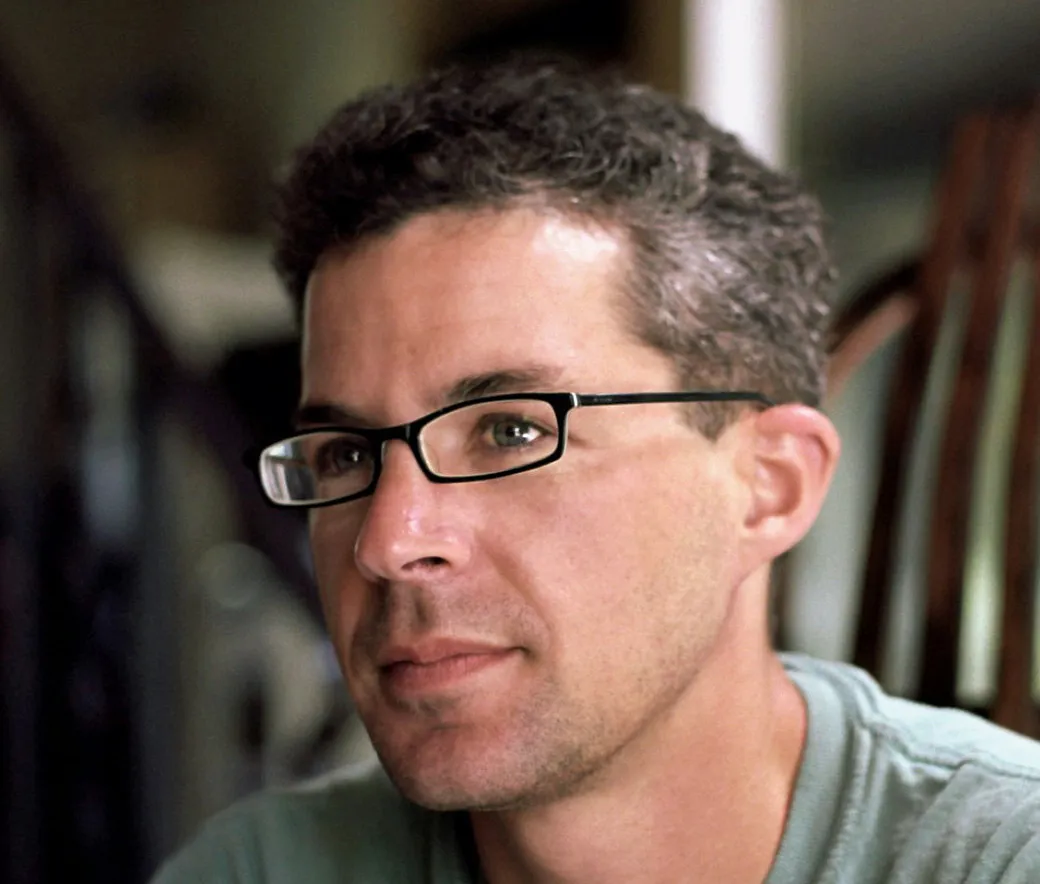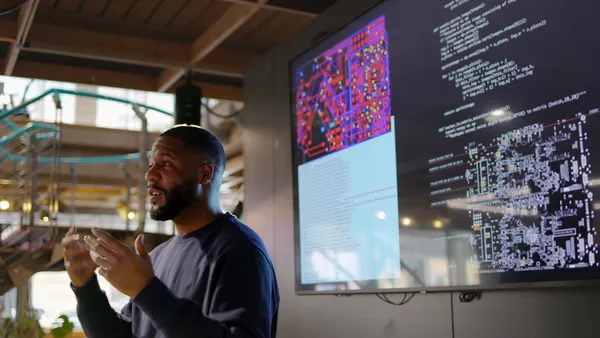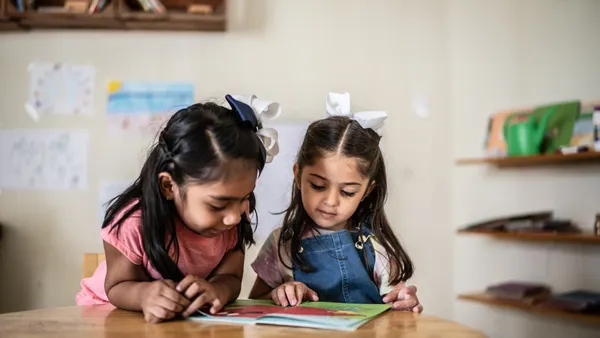Alex Myers is director of The Mountain School of Milton Academy.
“We never get to talk about this,” one student says as she packs up her reader.
“Yeah,” another agrees. “Teachers won’t touch this at my school at home.”
It is a Thursday, right before lunch, at the end of February. These students are in my classroom in Vermont, here for a semester program for 11th graders. Drawn from public and private schools across the country, these students have chosen to take a term at the Mountain School, where we teach them about farming, forestry and living in a community.
As part of that last point of mission, my school is committed to helping students understand who they are, who their peers are, and what the systems are all around us that shape our self-understanding.

To that end, we have a required seminar at the core of our curriculum. It teaches farm and food systems, health and wellness, and my section: Race, Class and Gender.
The trifecta.
The topics Miss Manners teaches us to keep away from the dinner table.
The topics legally banned from curriculum across this country.
Though many of the students in our program come from private schools, almost half come from public schools across the country. They arrive in our classrooms prepared to close-read poetry, accomplish a geometric proof, and answer a document-based question.
They have no idea how to talk about their own sense of self, no words to put to the dynamics that have swirled around them for years in playgrounds and cafeterias, and no historical or cultural context to substantiate the feelings that they have about roles and rules and hierarchies.
On this particular Thursday, the topic was gender. The homework had been to listen to a podcast and come to class with a discussion question.
The podcast, titled “Gender 101,” gave the basics of terminology around gender, explained some of the controversial issues dominating headlines, gave a brief overview of non-Western understandings of gender, and wrapped with a reminder that there was a lot more to learn.
“How come I never knew this?”
That’s a common refrain in my classroom. Students feel that information has been kept from them — that there are subjects teachers just won’t talk about and conversations schools refuse to engage in. Where there aren’t laws explicitly banning it, there are constraints born of fear or ignorance. Worse, there are gaps in education, because teachers or administrators think adolescents aren’t ready to talk about these topics.
I’ve been teaching about gender identity, and particularly transgender identity, for the last 25 years — pretty much ever since I came out as transgender as a high school student in 1995. Throughout those 25 years, the typical arrangement has been for a private school to invite me to speak to faculty and students right around when the first transgender student has come out at their school.
Usually, I’m there in the wake of some disaster — harassment of the student, dispute over use of bathrooms, complaints from parents — and my presence is meant to clear the air, and to give everyone a basic understanding and some common ground of terminology and concepts upon which to establish rapport.
We are waiting much too late to talk about gender with our students. Even scarier, sometimes we aren’t talking about it at all.
The Thursday class, after discussing the podcast and clarifying some terms, did writing exercises. It’s one of my favorite activities to do with high school students. I give them a topic, and they write lists of associated words or phrases as fast as they can for two minutes. Then, they choose a word and write about it in more depth.
In this class, the list topic was “gender stereotypes.” I’d barely said the words and their pens were flying.
“Girls love gossip.”
“Boys don’t cry.”
“Girls are overly emotional.”
“Trans kids are depressed.”
“Boys love sports.”
On and on, the lists went. And students laughed and argued when it was time to discuss them. “That one’s true!” “Where did that come from?” “I hate it when people say that.”
It’s a low-stakes activity that everyone in the room has access to. Everyone. We have all felt, lived and experienced these stereotypes, for better and for worse. But we seldom get the chance to talk about it.
And that’s why it is so important to teach students about gender and get them talking about it: They all live with gender already. It affects their lives profoundly.
Schools right now seem to pretend that gender exists only for those at the margins — the trans kids, the nonbinary students. But everyone — teachers, administrators, parents and students — has a gender identity, an understanding of self that is formed by the historical, cultural and personal journey through gender that they have taken in their life. To not have the vocabulary and conceptual framework to perceive gender and grasp its role in your life is a huge deficit.
I get it. The current political situation has made things scary. Gender and race and class can seem like topics that are difficult, depressing and intimidating. Easier left off the table.
But with patience and training, educators can learn how to teach at an age-appropriate level, and how to reach right to the heart of the adolescent experience, right into that question students are all asking themselves already: “Who am I? How do I do me?”
Gender is right there. And when it is taught well — openly and expansively — the classroom is full of wonder, laughter and curiosity. Just what education should be.












